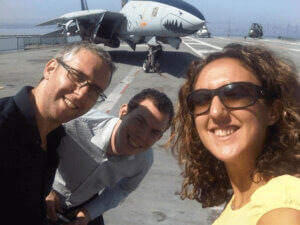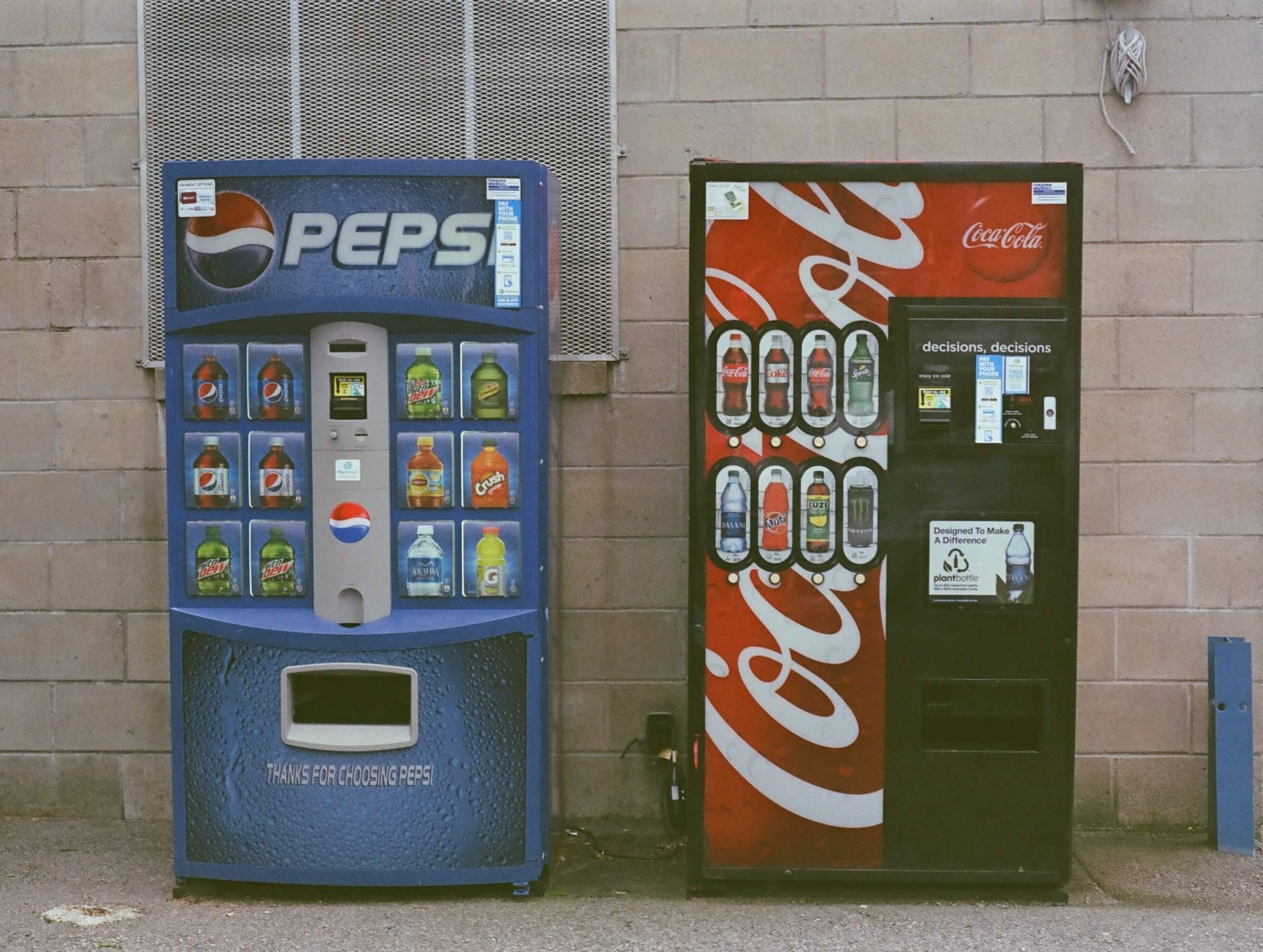I once tried to buy a Harrier jump jet.
It was lockdown one and I was bored to tears. A random website was selling off chunky military hardware and a decommissioned harrier jet came up for auction. While it had seen better days, the plane was a thing of beauty, having seen action around the world, and it was now residing in a field somewhere in the East of England. It was a blind bid, so I submitted a silly number and then panicked. There followed a period of a few days when I was petrified that I could actually win it.
Over dinner, I told my family about my speculative investment. It lifted the mood as it was the only new thing to have happened in weeks. We tried to work out how we would afford to drain the engine oil and transport the jet to our children’s school field. I hadn’t asked the principal whether he would accept the plane as a design and technology project but thought it best to plan for that scenario, as my garden was not an option. Needless to say, I didn’t win the auction – but it was a thrilling few days.
So, when I saw the “Pepsi, Where’s My Jet?”, Netflix preview, I knew it was going it was going to be worth a watch.
The film is based on the events of 1996, when Pepsi needed to switch up its marketing strategy to compete with Coke, so the brand rolled out its biggest campaign ever: “Pepsi Stuff”. It featured an advert that claimed for 7,000,000 “Pepsi points” – collected from the labels on cans – you could win a Harrier Jet (one of the most advanced military jets of the time).
Pepsi execs assumed the prohibitive “price” of the military plane would suggest to viewers that it was a joke – but 21-year-old business student John Leonard saw it as a challenge. Cue an audacious bid to battle one of the biggest companies in the world. Whilst watching the heart-warming documentary, I wondered whether Pepsi could have done things differently.
There is such a thing as bad PR. Pepsi prided themselves as being the “Choice of a New Generation”. Protracted legal battles with a twenty-something dude dispelled this myth. The David versus Goliath nature of the battle made the brand look corporate, uncool, a bit mean and certainly not youthful. Leonard was a thoroughly likable guy and a natural in media interviews. Coca Cola must have enjoyed the Pepsi brand being eroded by lawyers and their lawyer speak: no amount of advertising spend could repair the damage.
Could this have been the most expensive PR campaign of all time? At the time, if you could get your hands on a deweaponised, decommissioned Harrier jump jet, it would set you back $35 million. That equates to $70m today. Could Pepsi have bought a jet and turned it into a huge global PR campaign?
We run global campaigns for clients and a $70m campaign is eye-wateringly big. Our recent activity saw Lewis Hamilton drag racing a jet, and for the record, we didn’t need to buy any hardware.
But if we were to invest in the Harrier, we would have to develop a year-long campaign with multiple tentpole moments to generate enough ROI to justify the spend on the jet. This would require a bombastic global earned and paid media strategy, plus massive activation spend, and we would need to plan a follow-up campaign to create year-on-year build.
So, after we’ve given the Jet to John following a year of build-up activities (flight training, getting his pilot’s licence, running a “name the plane” competition – PepsiMcPlaneface, anyone? – and the final ribbon-cutting reveal) what could we give away that would be bigger and better? How could we double down on the chance to beat Coke and grab all important market share? The spend may be huge – but we would also need to take the significant cost of brand erosion into account, as well as the ad wastage, as the negative Harrier PR meant that consumers weren’t buying into the existing campaign.
Pepsi had sunk-cost lawyers on payroll. So, rather than seeing it as an opportunity, they chose to ride out the storm by outspending and outgunning John and his friend. They would probably argue it was a blip with no lasting damage. But did Pepsi miss an opportunity?
If John had a killer instinct, I believe he could have beaten Pepsi and won the jet eventually. Given my Harrier obsession, a big part of me is sad he didn’t. But by gaining a jet, John would have compromised his values and destroyed his friendship – neither of which he was prepared to do.
There are more important things in life than owning a Harrier jump jet, apparently.

